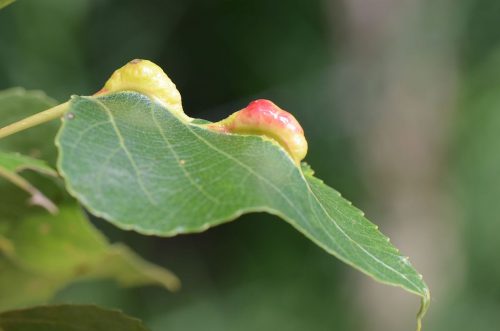Also known as:
Woolly root aphid

Let
The ap
Where to find
- Endive
- Lettuce
- Belgian endive
- Carrot
- Black poplar (Populus nigra)
- Lombardy poplar (Populus nigra Italica)
Control
Dispose of infested plants. Root ap
Prevention
Create an environment where natural enemies (ladybirds, earwigs, parasitoid wasps and lacewings) feel at home. Clean up leftover plant debris well; in mild winters root ap
